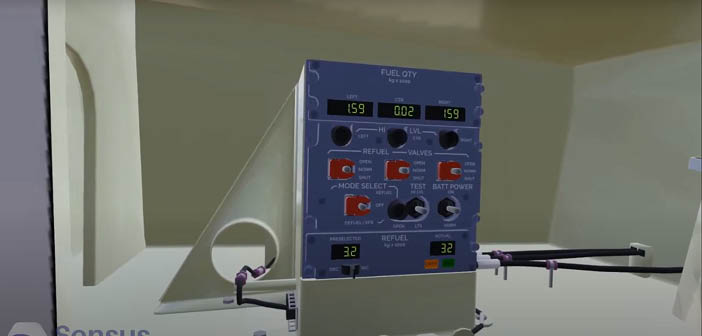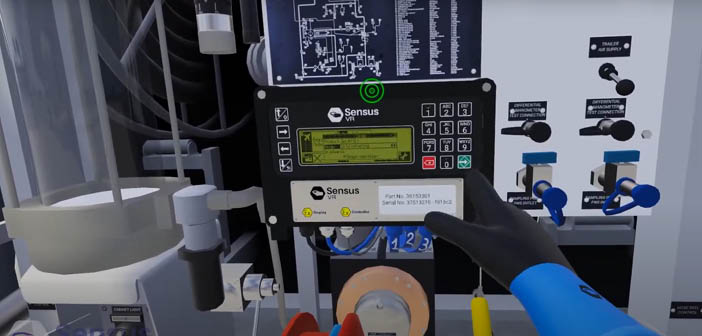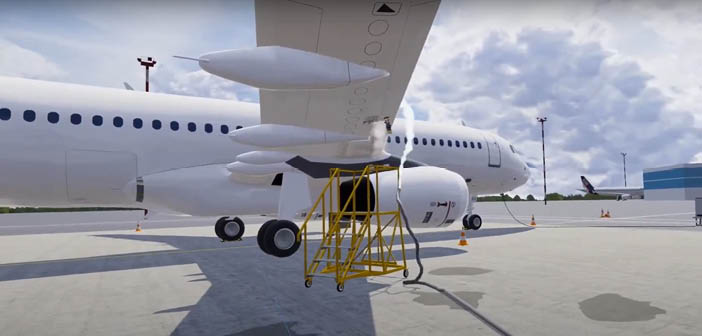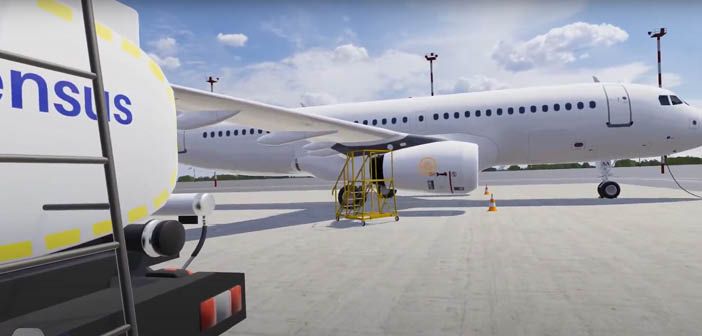Virtual reality (VR) applications can be used for training in the aviation sector, but what needs to be done to optimise the technology? According to Konradas Dulka, product director at Sensus Aero, a new-gen software solution for the aviation industry, VR applications can be both easy and troublesome.
“VR application challenges come in many different forms – some technical, while others lie in the human factor,” said Dulka. “So, while these technologies are valuable and allow us to improve training processes and engage trainees at the same time, we have to stay vigilant when addressing these challenges.”

One of the challenges is optimisation. “At Sensus Aero, we have experimented with a number of different VR engines, which all have distinct advantages,” said Dulka. “However, regardless of what engine you choose, you need to spend a lot of time on optimisations. If you base your strategy on only realistic graphics, great sound effects, good procedure step-by-step guidance, your product will not automatically be great. In my mind, the global optimisations actually define the product, allowing for it to be used for a longer time even by those who have not tried anything like that before.”
While VR training involves simulating a real-life procedure, not everything needs to be covered. “We are concentrating only on the procedural steps to make the training quicker and more concentrated,” said Dulka. “This means that every step of VR simulation creation must be considered very carefully – what do we want to be a part of simulation and what is not that important. Our research has shown that during the simulation if there are parts of training when inside VR simulation you are moving without doing anything, for example riding a bus as a passenger, half of the people experience head spinning. Therefore, here we give the option for the instructor to disable the part and move to the next stage. In other words, the VR personalisation must be present, as no one is the same.”

Onboarding can be another challenge. “We usually recommend starting the training with easier procedures, just to get used to the controls and the feeling itself,” said Dulka. “Unlike ERP systems or mobile apps, VR gives you the feeling of immersion – the user starts to believe he is inside the simulation and here we can help them develop the right habits. If onboarding has been done in the right way, Sensus Aero VR training mode can easily guide users through the steps – even if the procedure is quite complicated. And that’s it! After the onboarding users can be self-sufficient and execute training by themselves, which means a lower load on the trainer’s schedule.”
An example of a particularly difficult aviation procedure Sensus Aero has adapted to VR is into-aircraft fuelling.

“The complexity of a huge number of steps, and replication of fuelling panels, trucks and sequences was truly a challenge,” said Dulka. “You cannot replicate ‘more or less’ and hope that users will believe it – it must be exactly replicated graphically, ensuring that control interaction is as realistic as possible. Additionally, you have to tune everything according to the business itself, as the company might be using different trucks where controls differ, clients’ aircraft fleet can consist of many different aircraft types and so on.”
“Our recommendation is to concentrate on the most common mistakes and start from there,” Dulka continued. “Additionally, unlike real-life training, with Sensus Aero into-plane fuelling VR we can simulate the overpressure or fire hazard, which in real-life practice it is just not possible to do. It is always good to know, that your staff is prepared for all situations, not only the ‘positive’ sequence. We believe that with VR training integration we can enhance the safety of aviation and minimise the risk of the human factor.”
Sensus Aero is a family member of Avia Solutions Group.





